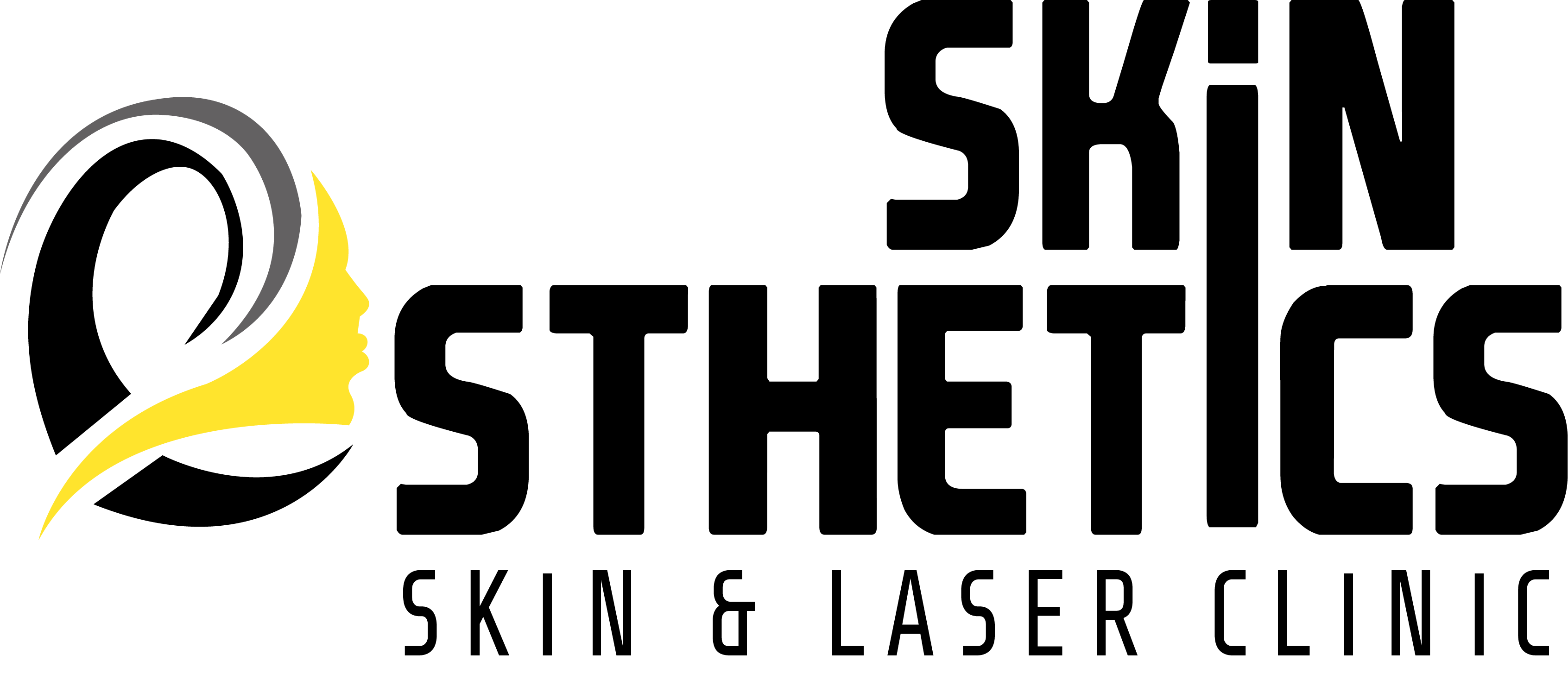cne can have a profound impact, affecting not only your appearance but also your self-esteem. Fortunately, various effective treatments are available in Islamabad to combat acne.
The Life Cycle of Skin Cells and Acne Formation
Dead skin cells are continually shed and replaced. However, when these dead cells accumulate in hair follicles, they can combine with excess oil to clog pores. This can lead to the formation of pimples, whiteheads, and blackheads.
Severe Acne Complications
If left untreated, acne can progress to more severe forms, including:
– Painful bumps under the skin
– Nodules
– Pus-filled cystic lesions

What are Pimples?
People with oily skin suffer from pimples more than people having dry skin. This is because, the former has more sebaceous glands on the face, neck, back or shoulder area. Scarring becomes an apparent feature of the face because of the bumps and cysts of the face. Your dermatologist will first check the progress of your flare-ups. Once they are under control then your dermatologist will suggest you get cosmetic treatments. She will tell you the best treatment option according to your specific requirements.
Causes of Acne:
- Certain environmental factors can exacerbate acne
- Fluctuations in hormone levels can significantly contribute to acne. Changes in estrogen, testosterone, and other hormones can.
- When the sebaceous glands produce excess oil, it can clog pores and lead to acne. This overproduction of oil can be triggered by various factors, including hormonal fluctuations, genetics, and stress.
- Bacterial infections, particularly those caused by Propionibacterium acnes (P. acnes), can exacerbate acne. When bacteria accumulate in clogged pores, they can trigger inflammation, leading to the formation of pimples, cysts, and other acne lesions.
- An overproduction of sebum can significantly contribute to the development of acne. When sebum production exceeds normal levels, it can clog pores, leading to inflammation, bacterial growth, and the formation of acne lesions.
- Your skin is inflamed.
- Dirt and dust.
Ideal Candidates For Pimple Treatment:
- Blackheads
- Tender red lumps on
- Papules with pus at the tips
- Large, firm, and painful lumps (nodules)
- Painful pus-filled tumours
Aim of Pimple Treatment:
Lesions like blackheads, whiteheads, small bumps, papules, nodules, and cysts are among the lesions that the procedure is meant to treat. The procedure removes unhealthy tissues from the skin’s layers, which activates healthy skin cells and gives you refreshed skin.
Results:
Reduced oil production for a more balanced complexion
.Minimized puffiness for a smoother appearance
, Effective removal of pimple scars with personalized guidance from our expert dermatologists
,Achieve radiant, glowing skin that looks and feels its best.
Treatment Options for Pimples: Corticosteroid
Injections:
Deep-seated pimples can leave painful, lasting marks. Fortunately, corticosteroid injections offer a viable solution. This treatment involves:
Directly injecting medication into the affected pimple
Providing rapid relief from inflammation and pain
Offering an immediate treatment option for severe acne blemishes
Chemical Peels:
A dermatologist applies a glycolic acid solution to the affected skin, leaving it on for a short period. This chemical peel procedure may cause mild stinging or burning.
After the solution is rinsed off, a layer of damaged skin is removed, revealing smoother skin. As your skin heals, it may be more sensitive to sunlight. Improvements typically appear within a few days.
To protect your skin during this time, doctors recommend applying a broad-spectrum sunscreen with SPF 30 or higher when spending time outdoors.
Intense Pulsed Light (IPL) therapy:
IPL (Intense Pulsed Light) therapy offers a non-invasive, medication-free solution for moderate to severe inflammatory acne. This safe and effective procedure utilizes broad-spectrum light to:
Break down pigment
Stimulate collagen growth
Reduce blood vessel size
Shrink sebaceous glands
Resulting in smoother, more radiant skin.
Treatment Schedule
For optimal results, 3-6 IPL sessions are typically recommended, spaced 2-4 weeks apart. In cases of severe acne, more frequent treatments (weekly or bi-weekly) may be necessary, followed by monthly maintenance sessions to maintain clear skin.
Radio-Frequency (RF) microneedling:
Radio-Frequency (RF) Microneedling for Skin Tightening
RF microneedling is a non-invasive, aesthetic procedure that combines two therapies for optimal results. This innovative treatment involves:
Microneedling: Tiny needles create micro-injuries, stimulating collagen production and enhancing skin elasticity.
Simultaneous Radiofrequency Energy: Released through the needles, this energy boosts blood flow, fuels new skin growth, and stimulates collagen production.
This dual-action treatment promotes skin tightening, improves texture, and rejuvenates the appearance of your skin.
Botox:
Botox for Acne Treatment and Scar Management
Dermatologists utilize Botox to address acne concerns in two ways:
1. Reducing Oil Production: Botox injections into oil-prone areas can slow down sebum production, helping to prevent acne breakouts and scarring.
2. Relaxing Muscle Tension: Injecting Botox around acne scars can relieve muscle tension, smoothing out puckered skin and improving the appearance of scars.
1. Reducing Oil Production: Botox injections into oil-prone areas can slow down sebum production, helping to prevent acne breakouts and scarring.
2. Relaxing Muscle Tension: Injecting Botox around acne scars can relieve muscle tension, smoothing out puckered skin and improving the appearance of scars.
Punch excision:
Punch excision is a minor surgical procedure that involves:
Separating individual acne scars
Closing the wound with stitches
This treatment is highly effective for certain types of acne scars. However, it only addresses the scar itself and does not improve surrounding skin discoloration.
To achieve optimal results, punch excision may be combined with additional treatments, such as:
Resurfacing procedures
Microneedling therapy
Surgery:
Acne is a prevalent skin condition characterized by the appearance of blemishes on the face and other areas of the body.
Traditional Treatment Approaches
Standard treatment typically involves medical therapy, incorporating:
Topical medications applied directly to the skin
Oral medications for more severe cases
Acne Surgery: An Additional Solution
To augment the effectiveness of conventional treatments, acne surgery may be considered as a supplementary option.
Cryotherapy:
Cryotherapy involves applying a cold liquid, such as liquid nitrogen or carbon dioxide, to the affected area. The duration of application depends on the type and severity of the acne.
Benefits of Cryotherapy: Encourages superficial peeling of the skin, Reduces swelling in acne lesions, including:
Papules
,Pustules
,Cysts
and Nodules.
Cost of Pimple Treatment in Islamabad:
The average cost of Large Pores Treatment in Islamabad, Rawalpindi, and Pakistan range between 10,000 PKR to 40,000 PKR. Also, there are a few factors that can affect the cost of the treatment. Such as
- Number of sessions
- The number of sessions.
- Travelling cost
- Expert dermatologist’s fee.
Book Your Appointment With Us!
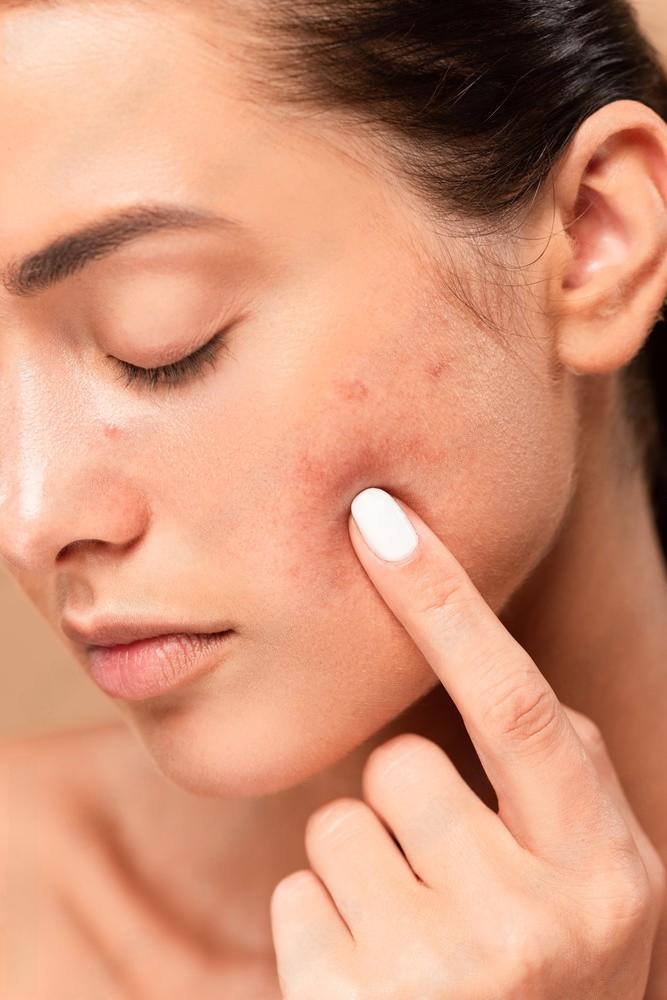
Understanding Acne: Causes, Treatments, and Prevention
September 24, 2024

Summer Skincare Tips: How to Beat the Heat
September 24, 2024
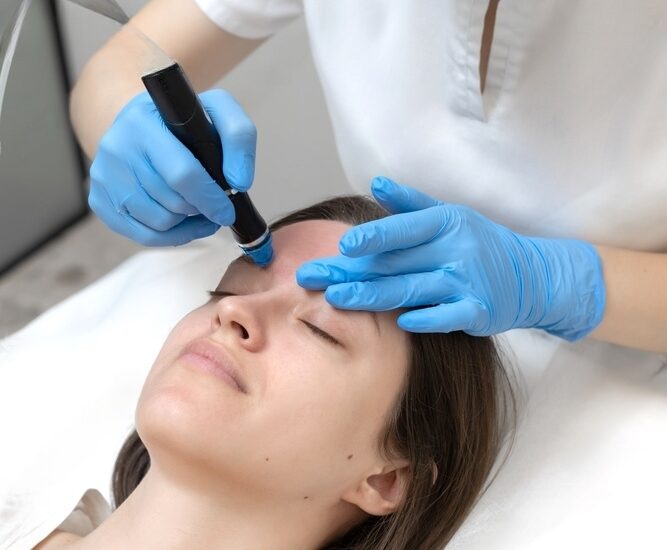
Hydrafacial for Acne-Prone Skin
September 24, 2024
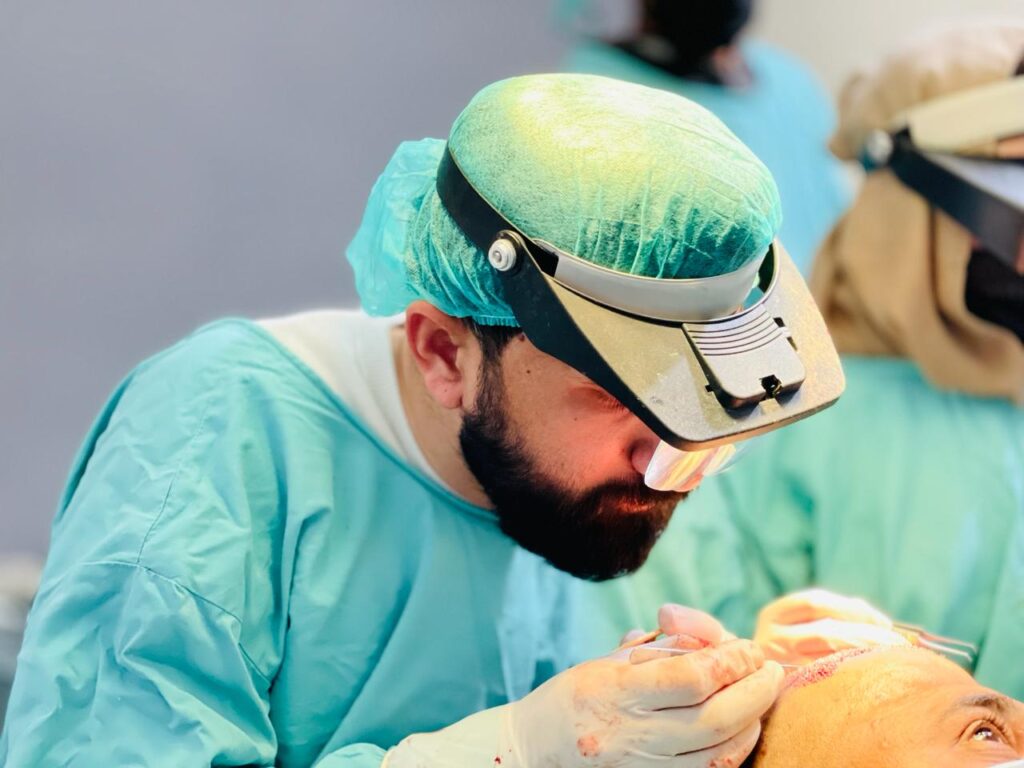
Hair Transplant Techniques: FUE vs. FUT Explained
September 24, 2024
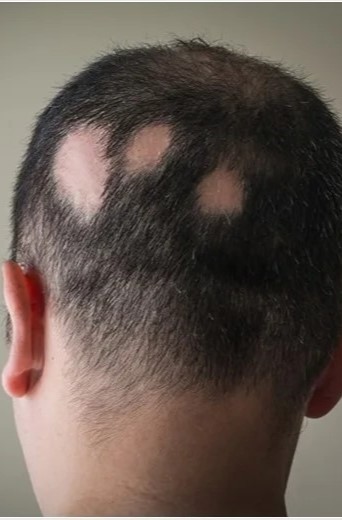
Understanding Alopecia: Types, Causes, and Treatment Options
September 24, 2024
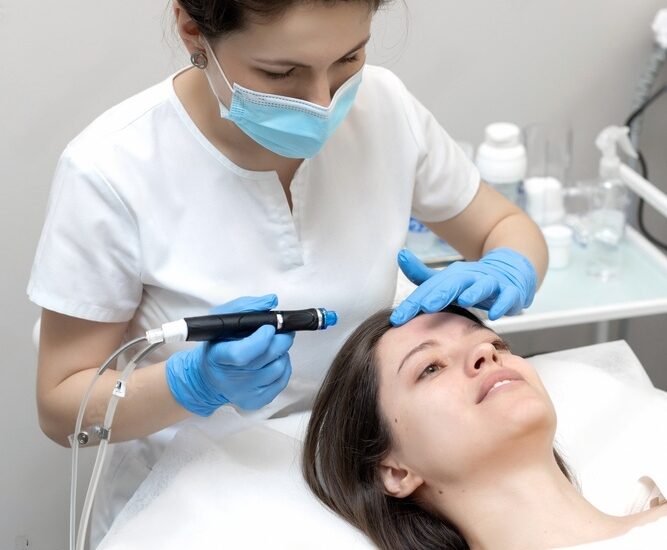
Hydrafacial: The Ultimate Treatment for Healthy, Glowing Skin
September 24, 2024
The Importance of Regular Skin Check-Ups: Why Dr. Abbas Shah Recommends Them
September 24, 2024

Acne Treatment
September 24, 2024
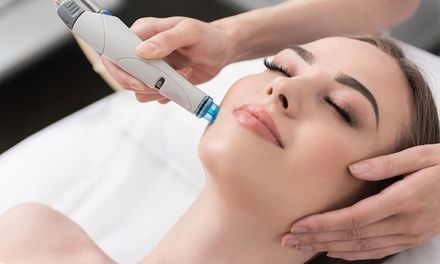
Hydra Facial
September 24, 2024
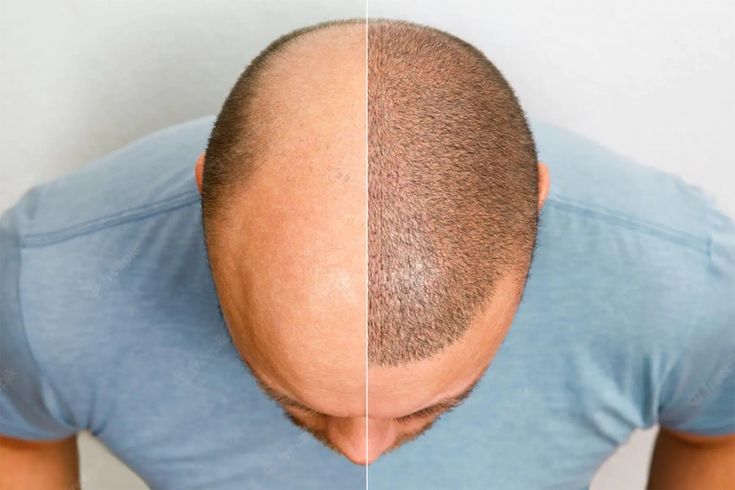
Micro Hair Transplant
September 24, 2024
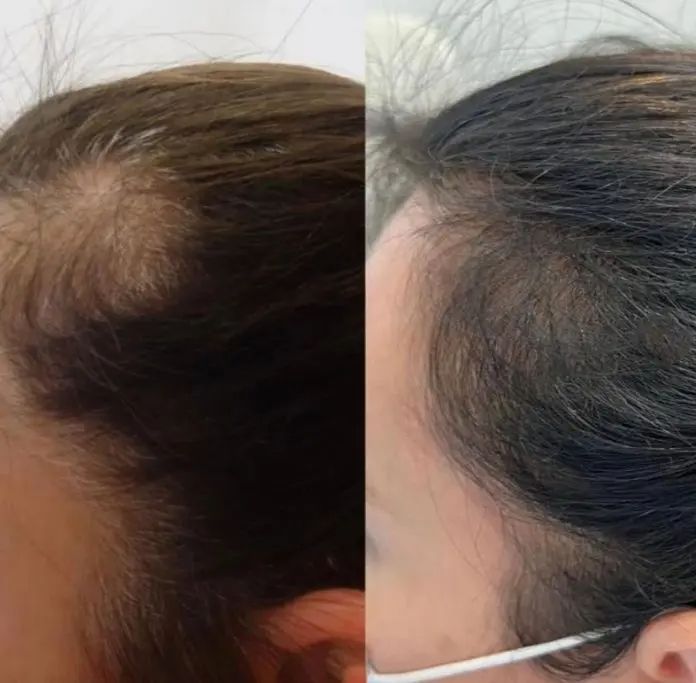
Alopecia
September 24, 2024
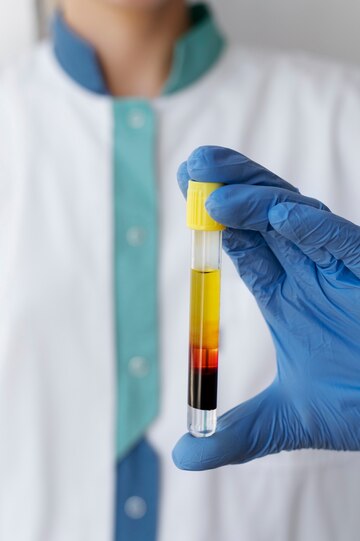
PRP Therapy
September 23, 2024
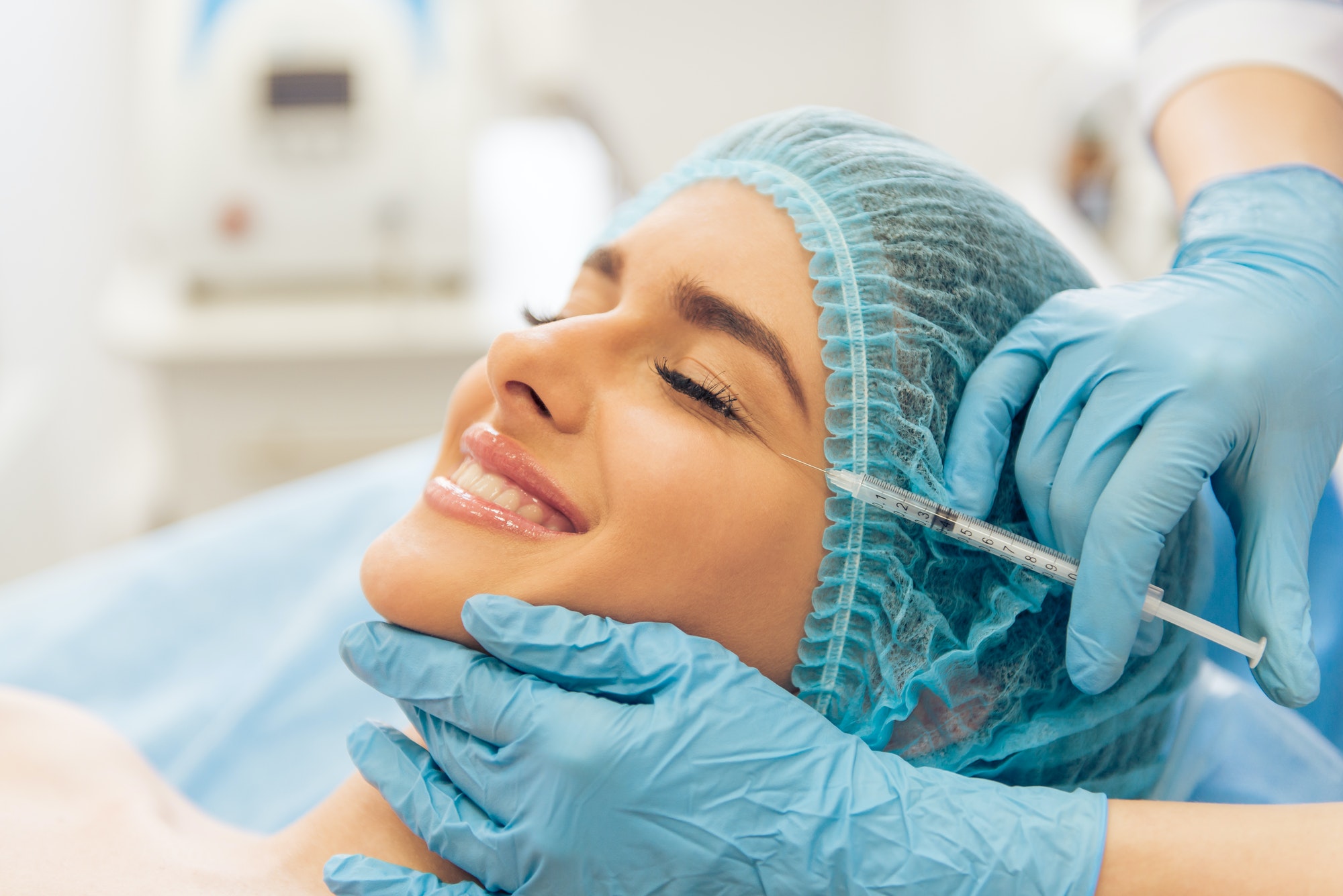
Botox
September 22, 2024
